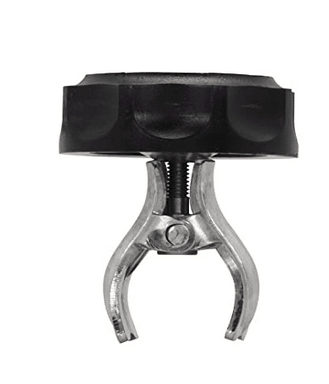A couple of days ago I was on a service call on a 250hp 3p 480vac agricultural well that blew a 400A fuse. The fused disconnect feeds an autotransformer soft starter. The equipment is pretty old and worn out. The fuse holders/lugs/wires for the blown fuse had clearly overheated. I cleaned the corrosion as well as I could, installed the fuse and powered up the system. Voltage and current balance were good. I'm told that it only ran for 2 hours before the fuse blew again. When it blew, it also overheated/shorted one of the terminations in the peckerhead.
We got a new bucket and fuses. We're replacing it and the conductors between it and the starter tomorrow. I won't be there because I need to be somewhere else and the electrician that will be there isn't inclined to troubleshoot. He's just gonna swap the parts.
Could the generally crappy condition of the conductors/fuse holder be the cause of blowing fuses? If so, could someone explain what's happening there?
I REALLY don't want this problem to persist after our electrician finishes tomorrow. Any help would be greatly appreciated.
We got a new bucket and fuses. We're replacing it and the conductors between it and the starter tomorrow. I won't be there because I need to be somewhere else and the electrician that will be there isn't inclined to troubleshoot. He's just gonna swap the parts.
Could the generally crappy condition of the conductors/fuse holder be the cause of blowing fuses? If so, could someone explain what's happening there?
I REALLY don't want this problem to persist after our electrician finishes tomorrow. Any help would be greatly appreciated.


